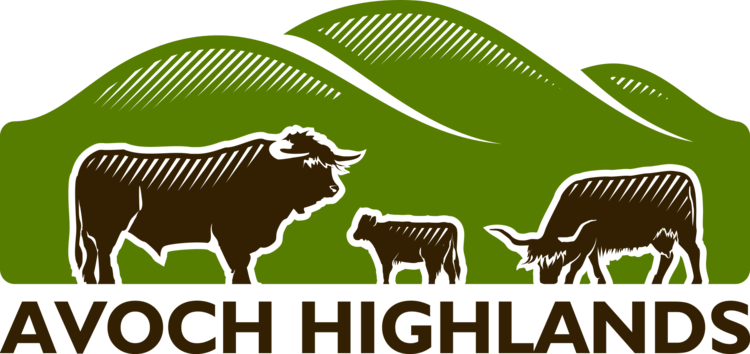The genetics of Highland Cattle coat colours
Highland cattle are a very old breed. They are both long-haired and longhorned, and they come in several solid coat colors and also brindle.
The interaction of two genes is responsible for the six solid colors.
Once explained by educated guesses based on folklore and assumptions, we can now predict colour in our Highlands based on science with a fair degree of certainty.
You can find a table to help you work out what colour calves you can expect with certain matings:
Here
The reason we can do all this is that DNA tests can now be performed to evaluate the actual colour of Highlands, as determined by what genes are at the three of the six loci that control colour in Highland cattle.
At each of these loci, every animal has two genes – one from its dam and one from its sire. That we are aware of at the moment, the loci & gene options are as follows:
| Locus Name | Gene | Alleles | Action | Cattle | Human |
|---|---|---|---|---|---|
| A agouti | ASIP | A, ABr | brindle (ABr/-); shading? | 13 | 20q11 |
| B brown | TYRP1 | B, b | dun brown in Dexter (b/b) | 8 | 9p23 |
| C albino | TYR | C, c | albinisim in Braunvieh (c/c) | 29 | 11 |
| D "dilute" | PMEL | D, d | dun & silver dun, pale red in Highland & Galloway | 5 | - |
| MLPH | gray in Belgian Blue cattle | 3 | 2q37 | ||
| E extension | MC1R | ED, e, E+ | black versus red | 18 | 16q24 |
| COPA | dominant red | 3 | - | ||
| R roan/steel | KITLG/MGF | R, r | roan in cattle (R/r) | 5 | 12q22 |
| KIT | alleles not named | colored points | 6q23 | 4q12 |







